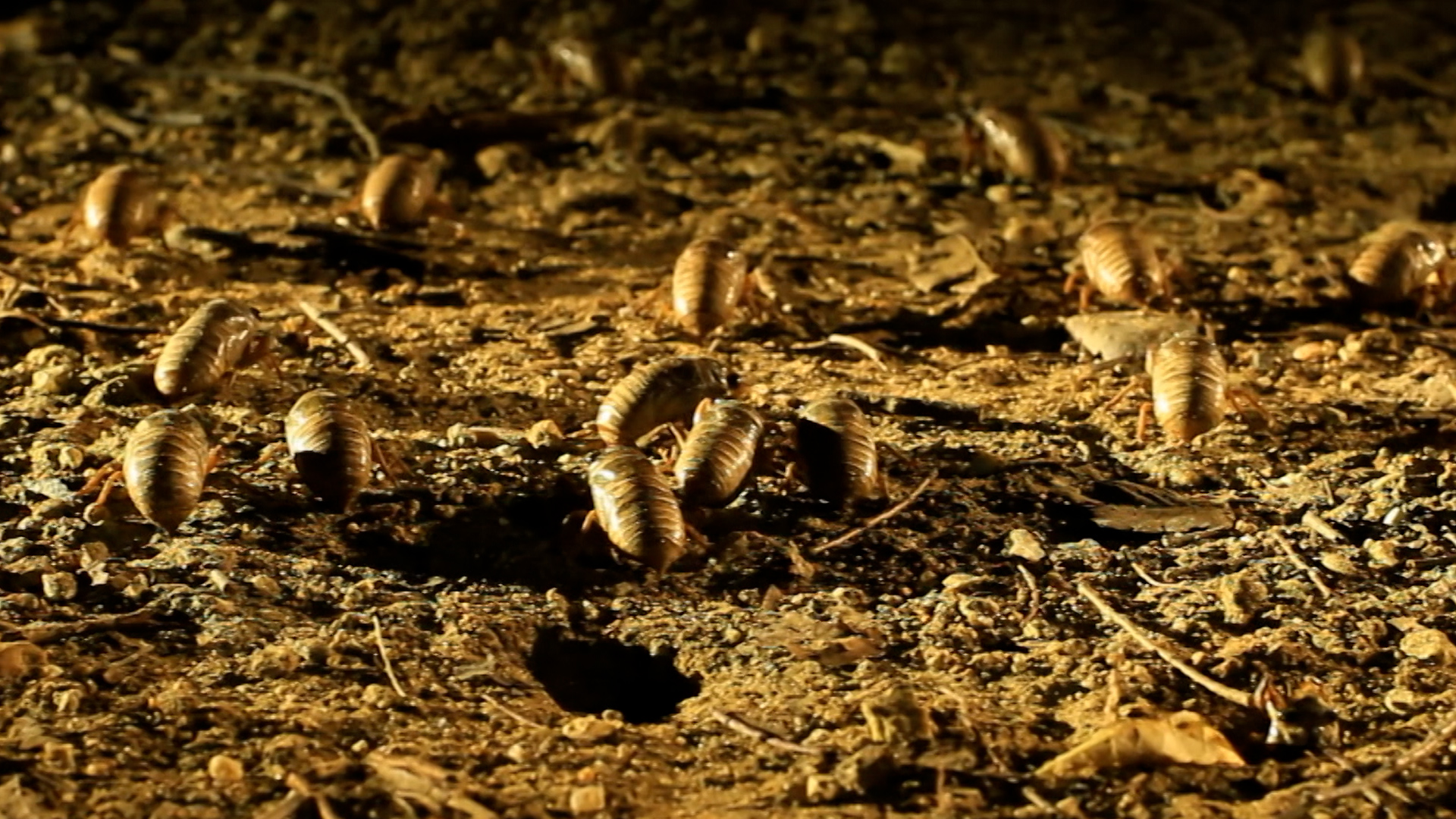South of Jerseyville, along U.S. Route 67, a team of state archaeologists, students and volunteers excavating about four acres of land has found evidence of a 1,400-year-old Native American settlement.
"We have found about 40 pits, some very large storage pits, and one bell-shaped pit that appears to have had hundreds of tons of limestone hauled in and has a flagstone floor," David Nolan, Western Illinois Field Station coordinator for the Illinois State Archaeological Survey, said at the site Tuesday.
Working with the Illinois Department of Transportation prior to completion of the section of Corridor 67 south of Jerseyville that eventually will be a four-lane highway from the Quad Cities to Alton, the crews have been toiling to complete their excavations, and are on schedule.
The archaeologists believe they have a village dating back to about A.D. 600, as well as archaeological deposits going back 4,000 to 5,000 years; also, on the east side of the highway, the archaeologists are conducting a more current excavation dating to the 1830s or 1840s.
Local
"The excavations on the west side are yielding very well-preserved bone fragments, as well as pottery pieces," Nolan said. "It appears this was a large communal village, but may not have been used year-round. Our later analysis of our data will have to tell us that."
Some of the pits on the west side excavations are large, some smaller; some are storage pits, and some were trash pits. Two appear to have been kiln pits. To date, archaeologists have not found any evidence of homes, because they haven't discovered any post pits. The large bell-shaped storage pit with the flagstone flooring is shaped such that it easily could have been sealed with a clay plug to keep rodents and other small animals out of the goods stored inside.
On the east side excavations, they are finding ample amounts of glass and pottery pieces dating to the 1830s and 1840s. While a much later time period, it is one that is not well-documented archaeologically. At that site, they have found what appears to be an old cistern and an odd, trench-like area that was known more to be a construction method of the French.
There is 90 years of archaeological experience among Nolan, Hickson and State Archaeologist Bob Monroe, of Grafton, who was busy at the site on the east side of the highway.
"It is rewarding, and it is important to get excavations done, as this site will be gone in a couple months, and a new road will be here," Nolan said. "Then, the real work begins of understanding what the data and artifacts have to teach us about the people that lived here."
Copyright AP - Associated Press



